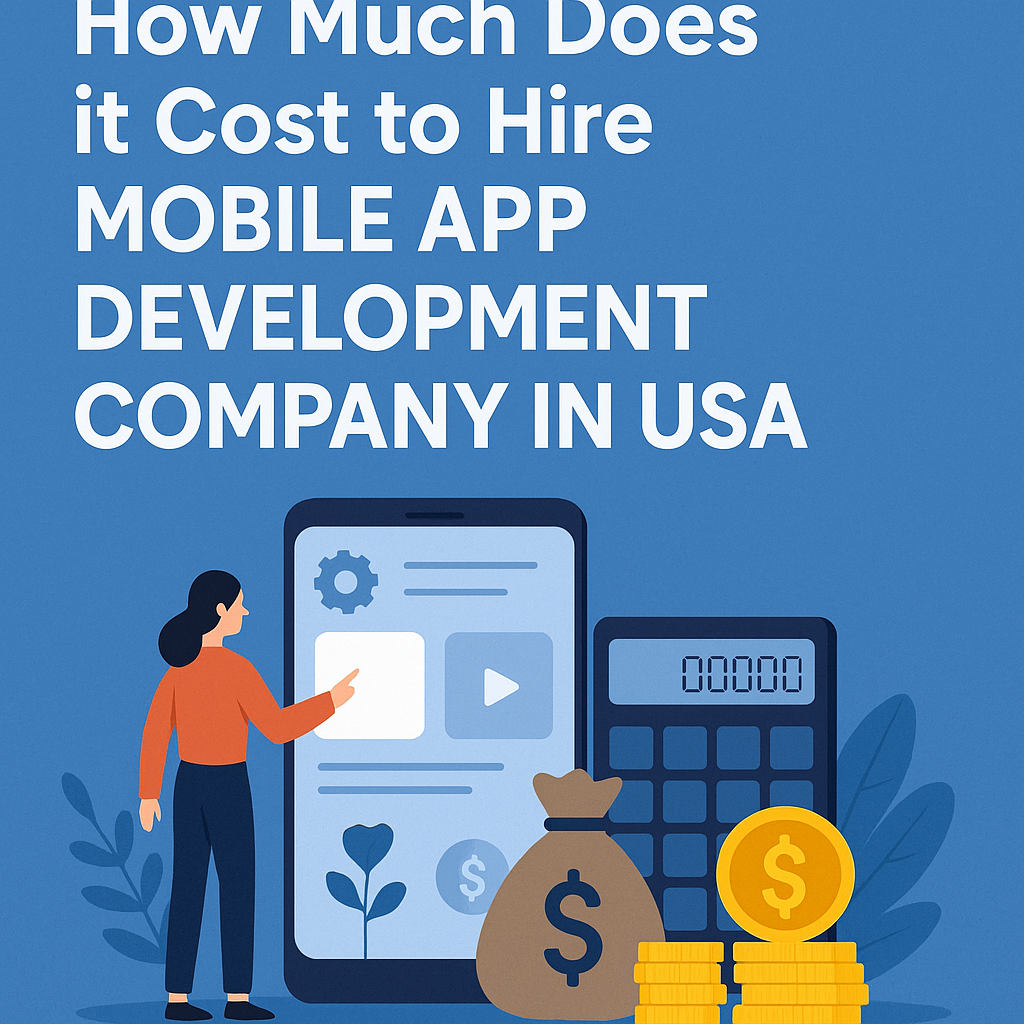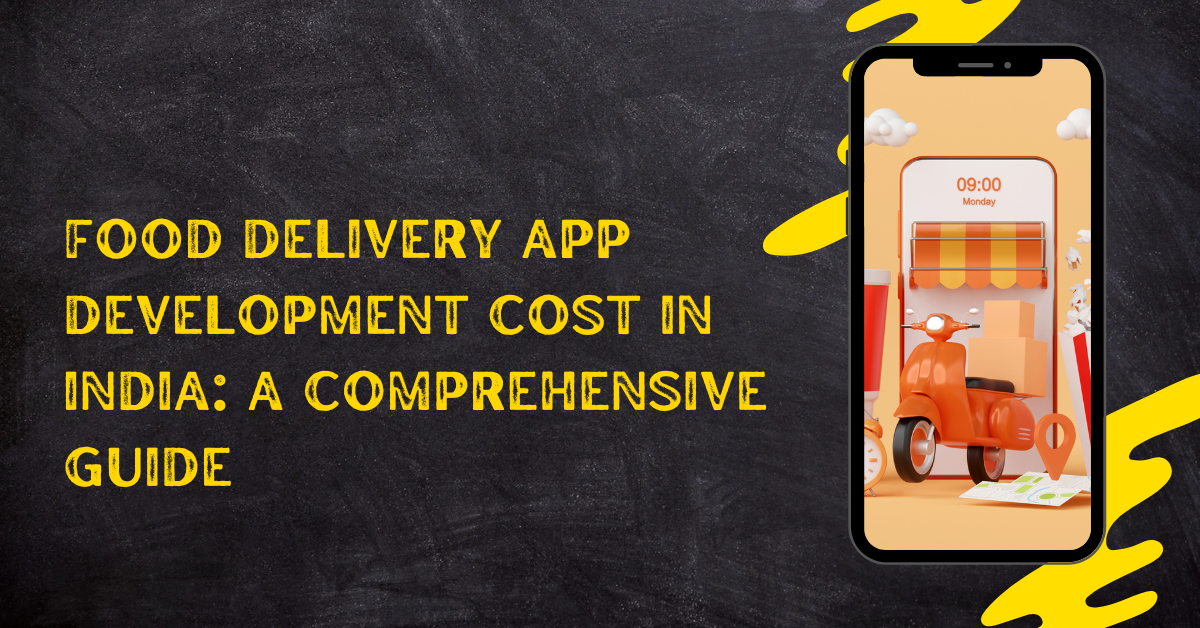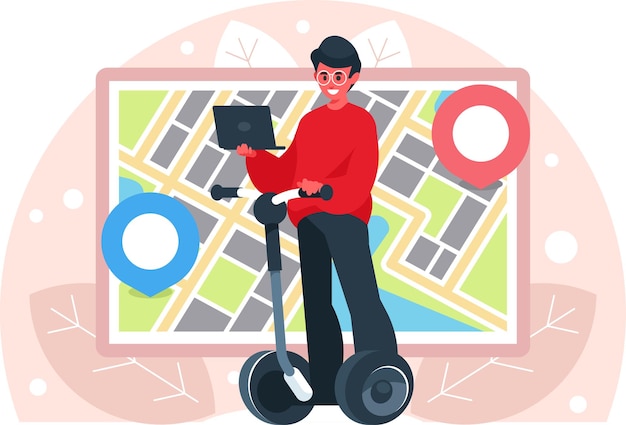How Much Does it Cost to Hire Mobile App Development Company in USA

Strong 8k brings an ultra-HD IPTV experience to your living room and your pocket.
In today's digital-first world, a robust mobile app is no longer a luxury but a necessity for businesses looking to engage with their audience, streamline operations, and drive growth. However, the question that often arises early in the planning stage is: "How much does it cost to hire a mobile app development company in USA?" The answer, much like building a house, is "it depends." Mobile app development costs can vary wildly, from a few tens of thousands of dollars for a simple app to well over a million for a highly complex, enterprise-level solution.
✍️ Security is one of the biggest concerns in today’s apps. Discover how secure app development practices protect user data while ensuring compliance with privacy regulations.
This article will delve into the various factors that influence the cost, provide estimated price ranges for different types of apps and engagement models, and offer insights on how to effectively hire mobile app developers or hire a mobile app development company in the USA while managing your budget.
Understanding the Cost Spectrum: Why There's No Single Answer
The cost of mobile app development in the USA is not a fixed price. It's a dynamic figure influenced by a multitude of factors, each contributing to the overall complexity, time, and resources required.
1. App Complexity and Features: The Core Driver
This is arguably the most significant determinant of cost. The more features and functionalities you want to incorporate, the higher the development time and, consequently, the cost. Apps can be broadly categorized by complexity:
- Simple Apps (Basic Functionality): These typically involve minimal screens, straightforward UI/UX, and basic functionalities like static content display, calculators, or simple list management.
- Estimated Cost: $20,000 - $70,000
- Examples: Basic calculators, simple note-taking apps, informational apps.
- Medium Complexity Apps (Moderate Functionality): These apps include features like user registration/login, social media integration, API integrations (e.g., payment gateways, maps), push notifications, and custom UI elements.
- Estimated Cost: $70,000 - $150,000
- Examples: E-commerce apps with basic product listings, booking apps, simple social networking apps.
- Complex Apps (Advanced Functionality): Characterized by real-time data synchronization, AI/ML integration, augmented reality (AR) or virtual reality (VR) features, intricate custom backends, advanced security protocols, and multi-platform compatibility.
- Estimated Cost: $150,000 - $500,000+
- Examples: On-demand service apps (like Uber/DoorDash), complex gaming apps, healthcare apps with secure data handling, sophisticated enterprise solutions.
Key features that significantly impact cost include:
- User Authentication: Basic email/password, social login, two-factor authentication.
- Third-Party Integrations: Payment gateways (Stripe, PayPal), social media APIs, mapping services (Google Maps, Apple Maps), analytics tools.
- Backend Infrastructure: Simple serverless solutions vs. complex custom backend development.
- Database Management: The volume and complexity of data storage and retrieval.
- Push Notifications: Basic vs. personalized and location-based notifications.
- Geolocation & GPS: Basic location tracking vs. real-time navigation.
- Offline Mode: Allowing app functionality without an internet connection.
- In-App Purchases: Implementing various monetization strategies.
- Admin Panel: A dashboard for managing app content, users, and functionalities.
- Security Features: Data encryption, secure APIs, compliance with regulations (e.g., HIPAA for healthcare).
2. Platform Choice: iOS, Android, or Both?
The decision to develop for iOS, Android, or both (cross-platform) plays a crucial role in cost.
- Native App Development (iOS or Android only): Building separate applications for each platform using their native programming languages (Swift/Objective-C for iOS, Kotlin/Java for Android). Native apps generally offer the best performance, user experience, and access to device-specific features.
- Cost per platform: Generally higher than cross-platform for a single app, but offers superior quality.
- Estimated hourly rates for native developers in USA: $100 - $250+
- Cross-Platform Development: Using frameworks like React Native, Flutter, or Xamarin to write a single codebase that can be deployed on both iOS and Android. This can significantly reduce development time and cost, especially for apps with less complex functionalities. However, it might come with minor compromises in performance or access to very specific native features.
- Cost: Often 20-40% less than developing two separate native apps.
- Estimated hourly rates for cross-platform developers in USA: $80 - $200+
- Hybrid App Development: Often built using web technologies (HTML, CSS, JavaScript) wrapped in a native container (like Cordova or Ionic). While the most cost-effective, they typically offer the least native-like user experience and performance.
- Cost: Generally the lowest, but usually recommended for very simple apps or MVPs.
- Estimated hourly rates for hybrid developers in USA: $50 - $150+
UI/UX Design Complexity
A well-designed and intuitive user interface (UI) and user experience (UX) are paramount for app success and user retention. The complexity of design directly impacts cost:
- Standard UI/UX: Utilizing existing templates, basic animations, and straightforward user flows.
- Custom UI/UX: Creating unique, visually appealing, and highly interactive designs with custom animations, branding elements, and detailed user journey mapping. This requires more time from UI/UX designers, significantly increasing costs.
- Prototyping & Testing: Extensive user research, wireframing, prototyping, and iterative testing phases add to the overall design budget.
- Estimated UI/UX design costs:
- Simple design: $5,000 - $20,000
- Complex, custom design: $20,000 - $70,000+
Development Team Location and Expertise
The geographical location of your mobile app development company or mobile app developers has a profound impact on hourly rates. The USA generally has some of the highest rates globally due to higher living costs and demand for skilled talent.
USA-based Agencies/Developers:
- Average Hourly Rate: $100 - $250+
- Pros: Excellent communication, cultural alignment, strong legal protections, higher quality standards.
-
Cons: Highest cost.
- Western Europe (e.g., UK, Germany):
- Average Hourly Rate: $80 - $180
- Pros: High quality, good communication, strong legal framework.
- Cons: Still relatively high cost.
Eastern Europe (e.g., Ukraine, Poland):
- Average Hourly Rate: $40 - $120
- Pros: Highly skilled talent, competitive rates, strong technical education.
- Cons: Potential time zone differences, some cultural nuances.
Asia (e.g., India, Philippines):
- Average Hourly Rate: $20 - $75
- Pros: Most cost-effective rates.
- Cons: Larger time zone differences, potential communication challenges, varying quality standards (requires thorough vetting).
Beyond location, the experience level of the developers also matters:
- Junior Developers (0-2 years experience): $25 - $40 per hour
- Mid-Level Developers (2-5 years experience): $40 - $80 per hour
- Senior Developers (5+ years experience): $80 - $150+ per hour (and even higher for specialized skills or lead roles)
When you hire dedicated mobile app developers, especially senior ones, you're paying for their expertise, efficiency, and ability to troubleshoot complex issues, which can save money in the long run by reducing rework and optimizing processes.
Team Composition and Project Management
A full-fledged mobile app development project involves more than just coders. A typical team might include:
- Project Manager: Oversees the entire project, manages timelines, budgets, and communication.
- UI/UX Designers: Responsible for the app's look and feel, and user flows.
- Mobile App Developers: (iOS, Android, or cross-platform) – the core coding team.
- Backend Developers: For server-side logic, databases, and APIs.
- Quality Assurance (QA) Testers: Ensuring the app is bug-free and functions as intended across various devices.
- Business Analysts: For requirement gathering and documentation (especially in larger projects).
Each team member's hourly rate and the total number of hours they dedicate contribute to the overall cost. Project management typically accounts for 10-15% of the total budget.
Pricing Models
Mobile app development companies in the USA typically offer various pricing models:
- Fixed-Price Model: Suitable for projects with clearly defined requirements and a fixed scope. You agree on a set price for the entire project upfront.
- Pros: Predictable cost, less financial risk for the client.
- Cons: Less flexibility for changes; scope creep can lead to additional charges.
- Time & Material (Hourly Rate) Model: Ideal for projects with evolving requirements or an unclear scope. You pay based on the actual hours worked by the development team.
- Pros: Flexibility to make changes, transparent billing.
- Cons: Total cost can be unpredictable if the scope isn't managed effectively, requires closer monitoring.
- Dedicated Team Model: You hire dedicated mobile app developers or a full team that works exclusively on your project for a set period. This is often used for long-term projects or when you need an extension of your in-house team.
- Pros: High control over the team, seamless integration, committed resources.
- Cons: Can be more expensive than project-based outsourcing, requires active management.
Conclusion
The cost to hire a mobile app development company in the USA is a significant investment, but one that can yield substantial returns. By understanding the factors that influence pricing, such as app complexity, platform choice, UI/UX design, team location, and engagement models, businesses can make informed decisions and effectively manage their budgets. While the price tag can range from tens of thousands to well over half a million dollars, strategic planning, clear communication, and a focus on delivering a valuable MVP can help you bring your mobile app vision to life without breaking the bank. Ultimately, investing in a reputable mobile app development company or hire dedicated mobile app developers in the USA means investing in quality, reliability, and a higher chance of success for your digital product.
Note: IndiBlogHub features both user-submitted and editorial content. We do not verify third-party contributions. Read our Disclaimer and Privacy Policyfor details.







